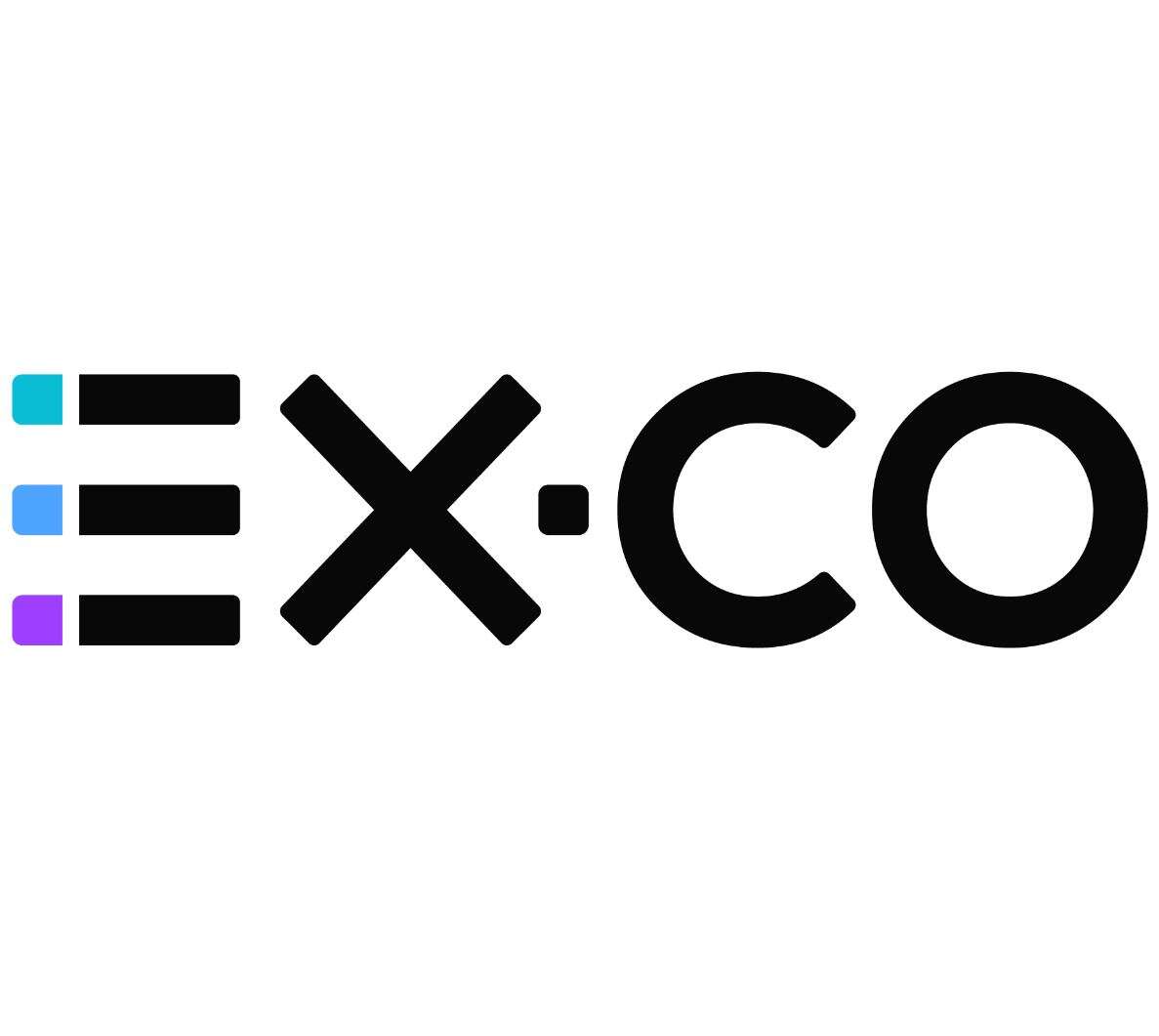
Video must be an essential part of every publisher’s business strategy as it has the potential to become one of their top revenue earners.
That’s the opinion of Tom Pachys, co-founder and CEO of EX.CO, the publisher video technology platform used by international giants such as Nasdaq and News UK.
“The rise of social platforms like TikTok are forcing publishers to be where their audiences are and that means creating more videos,” he said.
Unfortunately, monetisation can be incredibly challenging for publishers and not fully within their control, he pointed out, which is why a plan is vital.
“Investing in a solid video strategy is the most important thing publishers can do – even before they think about making money,” he explained. “It will guarantee long-term independence and success.”
[Find out more about EX.CO and book a demonstration]

Video strategy for publishers
The starting point, according to Pachys, is figuring out how video can engage audiences on as many relevant pages as possible – and then deciding where it will be seen by the most visitors.
“Audiences today are most familiar with the vertical video format from social platforms and leveraging a vertical video player for the web can also give you meaningful traction,” he explained.
It’s the reason why EX.CO has just launched a new vertical video player that’s optimised for both mobile and desktop viewing.
“Vertical video players for the web is another big trend that will be capitalised upon, as many publishers want to replicate the engagement that they’re seeing on social platforms within their own mobile websites and apps,” said Pachys.
EX.CO’s player allows users to consume a seamless feed of vertical video content without the need to rotate their phones for a better view.
Meanwhile, familiar swiping gesture controls are maintained for maximum engagement so users can easily navigate between videos in the same way as social media apps.
How to get video content right
While making the videos accessible is obviously crucial, publishers must not overlook the videos they’re choosing to post, pointed out Pachys.
“It’s important to think about the content itself,” he added. “Are you showing videos that are interesting to your audience?”
Ideally, to be truly effective, videos need to be personalised, contextually relevant and complementary to the article that the user is reading.
Ensuring your video player and content is compliant with guidelines laid down by the industry bodies in various jurisdictions must also form part of this analysis.
Making the right calls over content can be particularly challenging during times of global conflict, the like of which we’ve been seeing over the past 18 months.
“Unfortunately, negative news cycles tend to scare away many advertisers who don’t want to buy media around these articles for fear of a negative association with their brands,” said Pachys.
However, it’s a viewpoint he’s keen to counter.
“This is actually a unique opportunity for advertisers because when audiences read news content, regardless of sentiment, readers are more leaned-in and more engaged,” he explained.
The key, he believes is better educating young media buyers so that they understand the adverse effects of blocking keywords and, in some cases, whole news sites.
“Publishers also have a unique advantage right now because negative news cycles inherently drive more eyeballs and they will likely post more content because of this, some of which will be in real-time,” he added. “The more videos they place on each page, the more revenue they could earn.”
He also believes that publishers should continue to “double down on what they do best”, which is high-quality journalism.
“They should also be investing in their audience data to determine which types of content perform the best and why, so they can deliver more of what their users want,” he said.
Biggest video strategy mistake
Unfortunately, not every publisher will get their video strategy right. According to Pachys, the biggest mistake is separating video content from video revenue.
“They often partner with several vendors that specialise in one but not the other,” he explained. “It might be the easier route for implementation and aligns with other departments that have different key performance indicators.”
Unfortunately, this approach often results in a “mediocre user experience”, sub-optimal revenue, and negative sentiment by advertisers.
“We’ve spoken to many publishers that work with legacy online video platforms that may serve many of the publishers’ video strategy needs, but don’t necessarily have advanced monetisation capabilities,” he added.
The second biggest mistake made by publishers is putting all their eggs in the social basket, pointed out Pachys.
“They’re concentrating so much on creating video content for social platforms that they lose sight of the fact that they can’t monetise there,” he said. “Publishers need to make sure they equally invest in the video content on their owned and operated sites.”
Generative AI and video strategy
Of course, the spectre of artificial intelligence is looming large over the entire industry and Pachys believes that publishers still wondering how to approach it may already be late to the game.
“They should stop being afraid and just find ways for AI to support them such as improving editorial workflows or assisting journalists with mundane tasks such as researching and checking sources so they can ultimately get stories out faster,” he said. “There are also start-ups that utilise AI to help organisations become more efficient by optimising meetings, tasks, emails, and more.”
More broadly, however, the current – and upcoming – waves of technological developments have left Pachys feeling very positive about the outlook for the coming year.
“Here in the US, we expect to see a significant uptick in monetisation around news, particularly with the 2024 election cycle becoming such prominent content that audiences will consume,” he said.
Pachys also believes there will be more short-form reels and live video streams appearing, as well as more dynamic contextual ads, AI-driven video content, and AI-driven verification tools.
“Publishers should invest in high-quality content that will engage readers and make sure they are working with one OVP that can help them navigate trends and rapid industry changes, and support their entire video strategy, not just one aspect of it,” he added.
[Find out more about EX.CO and book a demonstration]
Email pged@pressgazette.co.uk to point out mistakes, provide story tips or send in a letter for publication on our "Letters Page" blog

